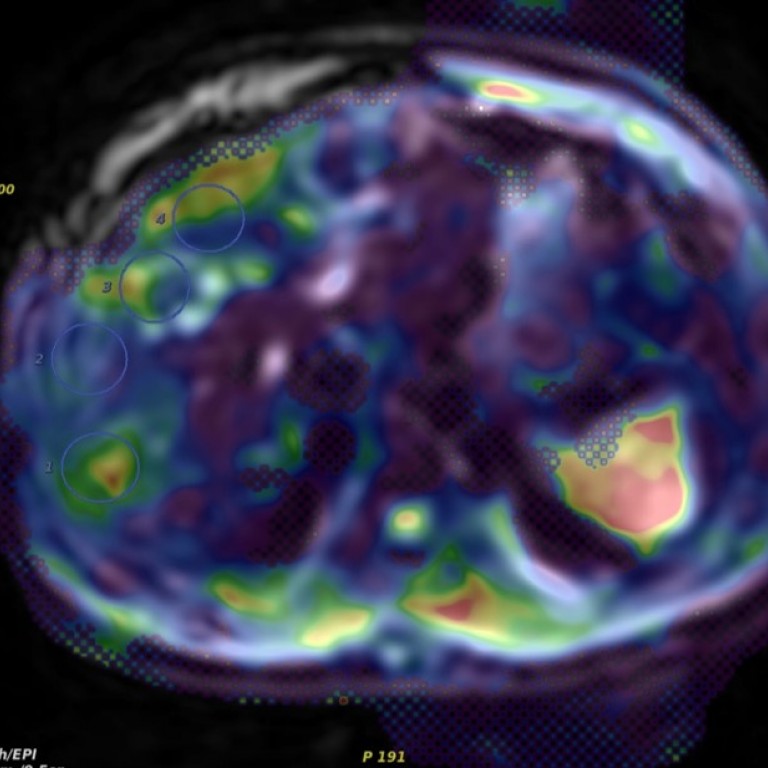There are several ways to get a colonoscopy test, as described below. If you require any further assistance or have any questions, please feel free to Contact Us.
Screening (Self-Pay) Virtual Colonoscopy
For patients who meet American Cancer Society guidelines of-average risk-for colon cancer, you may self-pay ($3,084, of which a 25% discount is offered) and obtain a virtual colonoscopy. Generally this means you:
- are 50 years of age or older;
- do not have symptoms of colon cancer;
- do not have documented occult blood in the stool (you may have visible blood from hemorrhoids); and
- do not have a brother, sister or parent who had colon cancer.
Call our registration team at 773-795-9723, who will go through a checklist with you and answer your questions. They will send you a card to test your stool for blood. You will be given instructions on how to pay and how to schedule your tests.
Insurance-Billed VC for Incomplete Colonoscopy Or Patients Who Cannot Undergo Colonoscopy
Patients who have an incomplete colonoscopy at The University of Chicago, are offered a same-day VC if their colonoscopy is incomplete. The patient is already prepared so by doing it on the same day, the patient avoids the need for another prep and another day off from work. This is a particular advantage to having your conventional colonoscopy done at the University of Chicago. For more information about how to make an appointment with a gastroenterologist please see the Gastroenterology at the University of Chicago website. We believe that in our hands, virtual colonoscopy is the best test to evaluate for polyps and masses in patients who have an incomplete colonoscopy or who cannot undergo colonoscopy or who refuse colonoscopy. Insurance is billed for these VC exams, as a non-infused CT of the abdomen and pelvis. If you have had a VC here under these circumstances and insurance refuses to pay, please contact our registration team at 773-795-9723. Traditionally, patients who have had an incomplete colonoscopy would undergo a barium enema.
Will My Insurance Pay For Virtual Colonoscopy?
Virtual Colonoscopy for screening is not currently reimbursed by most insurance companies, but some do. Some companies pay for virtual colonoscopy if it is done for diagnosis (signs or symptoms) especially after an incomplete optical colonoscopy. As a result, patients calling for a screening virtual colonoscopy will have to assume the cost of the procedure themselves (unless they can determine that their insurer does cover it) – a $3,084 charge. This charge has 2 components a) the hospital charge (payable to “The University of Chicago Hospital”) and b) the radiologist charge (payable to “The University of Chicago Physicians Group”).
Will My Insurance Pay For Conventional Colonoscopy Done To Evaluate An Abnormality Found On The Virtual CT Colonoscopy Exam?
If you choose to have a same-day optical colonoscopy, we need to know some additional information beforehand. You will be given information about some additional restrictions during the colon preparation (e.g. no colored liquids) and the need to stop some medications like blood thinners. A request form will be sent (usually faxed) to your doctor to fill out. This is needed to gain information about things that might affect the colonoscopy, such as need for prophylactic antibiotics (e.g., patients with a heart valve or artificial joint) or whether you have a pacemaker or defibrillator (that affect use of devices to remove polyps). Our coordinator will give your insurance information to the gastroenterology clinic to help expedite pre-approval by insurance, if possible. Additional questions about insurance for conventional colonoscopy can be directed to the Gastroenterology Business Representative (773-702-2122).
You can always choose to have optical colonoscopy scheduled at a future date. That exam does involve sedation and normally you will need someone else to take you home after the exam since you may not drive or operate machinery on the same day that you have sedation. The department of gastroenterology will give you more information about that.
Medicare patients. Patients with Medicare will be required to sign a waiver informing you that virtual colonoscopy is a non-covered service (when done for screening), and you will accept responsibility for the payment in full. Your Medicare carrier will be initially billed and upon denial of the claim, which we expect, you will be billed directly. Medicare often does pay for virtual colonoscopy when done to evaluate an abnormality (such as blood in the stool or a low blood count) if performed after a failed attempted conventional colonoscopy.
Medicare may start covering virtual colonoscopy for screening in the near future. On December 20, 2007, U.S. Representative from Wyoming Barbara Cubin introduced legislation (H.R. 4879) to promote access to this form of colon cancer screening and mandate coverage of the test by Medicare. The bill also proposes to waive patient co-pays for VC if the test is done within 6 months of enrollment in Medicare, just like what is currently done for colonoscopies and mammograms (Full story).
Whom Do I Call To Schedule A Virtual Colonoscopy At The University Of Chicago?
Call our registration team at 773-795-9723, who will go through a checklist with you and answer your questions. They will send you a card to test your stool for blood. You will be given instructions on how to pay and how to schedule your tests.
Before you call please prepare the following information to expedite your call:
- Your medical and family history
- Medication list
- Know whether you are undergoing screening or diagnostic virtual colonoscopy
- If you are undergoing diagnostic virtual colonoscopy, you will need a prescription from your referring doctor. Please have that doctor’s contact information available.
- Insurance or Medicare information
If you do not know some of the above, please call anyway and we will try to assist you.



